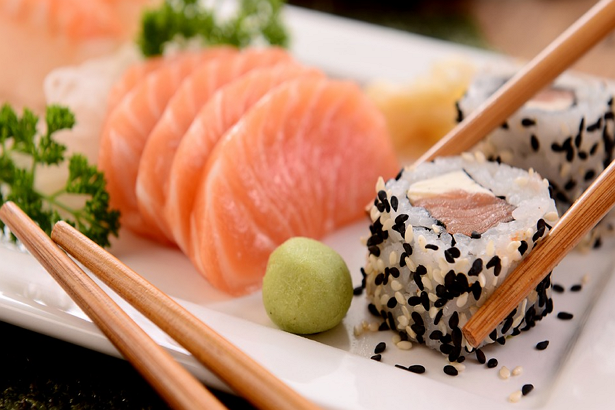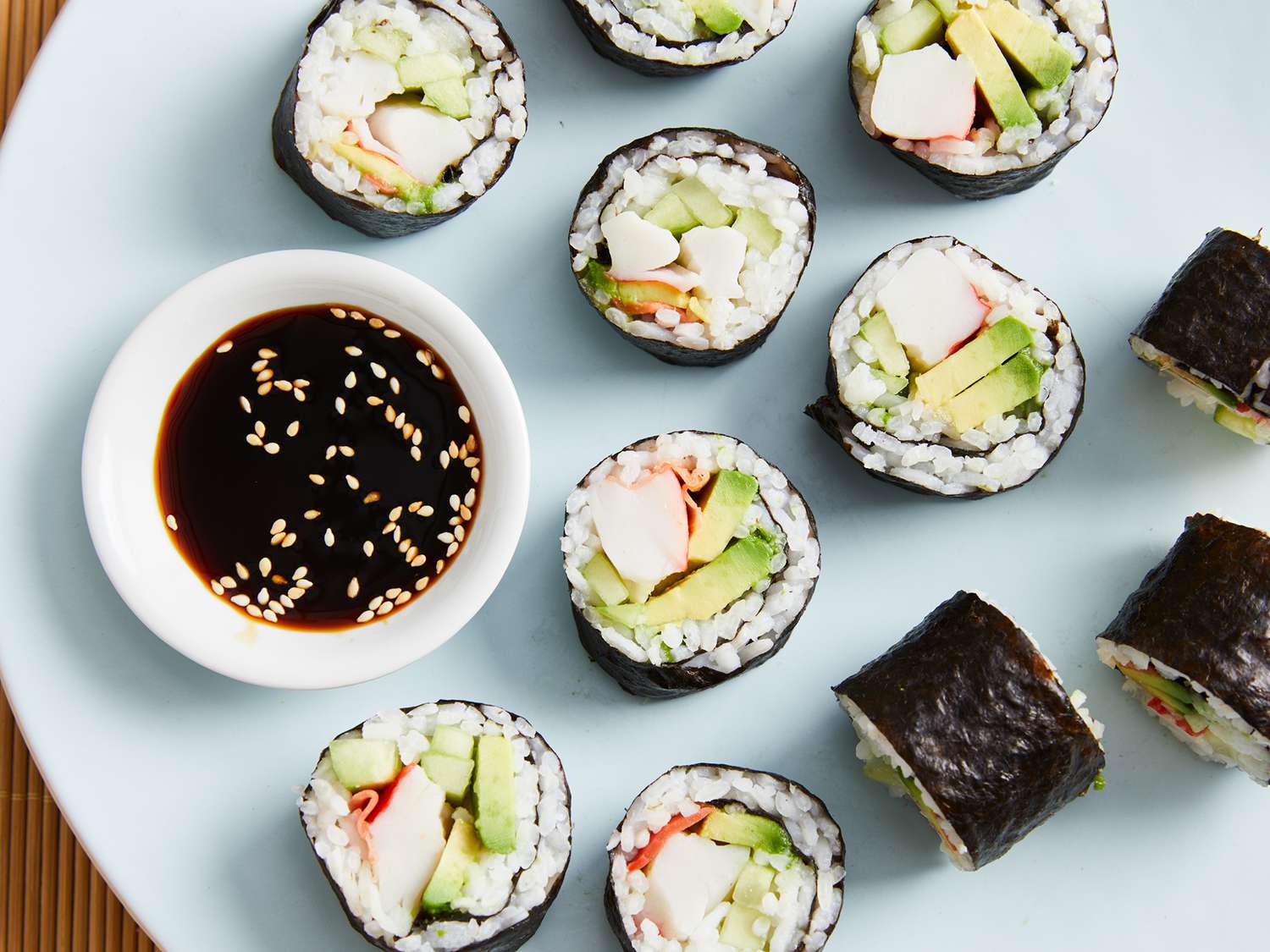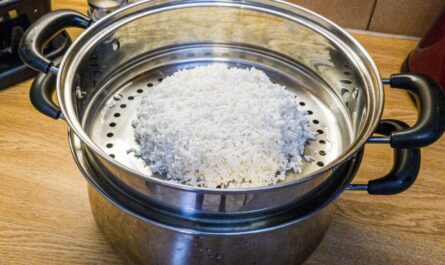
Introduction
When it comes to sushi rice recipes, tradition often plays a crucial role in ensuring the most authentic and delicious sushi. However, theres no reason you can’t experiment a bit. One such experimentation that has been gaining a lot of attention is the use of Jasmine rice instead of traditional sushi rice. You might be wondering, can Jasmine rice really make good sushi rice? Well, you are in for a delightful surprise. This comprehensive guide will not only provide an in-depth sushi rice recipe with Jasmine rice, but also tips, tricks, and everything you need to know to make this exotic fusion work perfectly. Whether you are a seasoned sushi chef or a home cook curious to venture into Japanese cuisine, this article will be your go-to resource.

Why Jasmine Rice?
Usually, traditional sushi rice is made from short-grain rice, renowned for its stickiness and absorbent nature. Jasmine rice, on the other hand, is a long-grain rice known for its fragrant aroma and slightly sticky texture when cooked. This begs the question, can Jasmine rice be a good substitute for sushi rice? The answer is yes, with some caveats. Jasmine rice may not be as sticky as traditional sushi rice, but with the right cooking technique and seasoning, you can achieve a remarkable result. Moreover, Jasmine rice brings a unique fragrance that adds a new dimension to your sushi, making it an aromatic and flavorful experience. This fusion of flavors could very well become your new favorite way to make sushi.

Ingredients
| Ingredients |
|---|
| 2 cups Jasmine rice |
| 2 1/2 cups water |
| 1/2 cup rice vinegar |
| 2 tbsp sugar |
| 1 tbsp salt |

Equipment
Cooking Methods
Step 1: Rinsing the Rice
The first step is rinsing the rice. Place the Jasmine rice in a strainer and rinse it under cold water until the water runs clear. This step is crucial for removing excess starch, which helps achieve the desired slightly sticky texture. Gently stir the rice with your hands while rinsing to ensure all grains are thoroughly washed.
Step 2: Cooking the Rice
Once rinsed, transfer the rice into a rice cooker and add 2 1/2 cups of water. Let the rice soak for about 30 minutes before turning on the rice cooker. If you do not have a rice cooker, you can use a pot, but be very attentive to the heat and timing. For those using a pot, bring the water and rice to a boil, then reduce the heat to low, cover the pot, and let it simmer for 15 minutes. Remove the pot from the heat and let it sit for another 10 minutes with the lid on to finish steaming.
Step 3: Seasoning the Rice
While the rice is cooking, prepare the vinegar mixture. In a small saucepan, combine the rice vinegar, sugar, and salt over medium heat. Stir until the sugar and salt dissolve completely, but do not bring the mixture to a boil. Once the rice is done, transfer it to a large wooden or plastic cutting board. Gently fold the vinegar mixture into the hot rice using a slicing motion. Be careful not to mash the grains. Allow the seasoned rice to cool to room temperature, fanning it occasionally to enhance its sheen and prevent it from becoming too sticky.
Step 4: Assembling the Sushi
Now that your Jasmine sushi rice is ready, its time to assemble your sushi. Using a sushi making kit can make this process much easier. Lay out your sushi mat and place a sheet of nori (seaweed) on top. Spread a layer of Jasmine sushi rice evenly over the nori, leaving a one-inch gap at the top edge. Add your desired fillings (such as fresh fish, avocado, cucumber, or crabmeat) in a horizontal line across the middle of the rice. Carefully roll the sushi mat away from you, applying gentle but firm pressure to ensure a tight roll. Once rolled, use a sushi knife to slice the sushi into even pieces.
Expert Tips
Pairing Suggestions
To complement your homemade sushi, consider pairing it with traditional Japanese sides such as miso soup, pickled ginger, or a light seaweed salad. These dishes enhance the flavors of the sushi and provide a well-rounded dining experience. For beverage options, sake or green tea are excellent choices that pair beautifully with sushi.
Cleaning Up
After a delightful sushi meal, proper cleanup is vital to maintain your sushi-making tools. Use a cookware cleaner to clean your rice cooker and sushi knife. Applying cutting board oil will keep your wooden cutting boards in good condition, ensuring they last for years to come.
If youre interested in exploring more sushi recipes, check out our delicious Hawaiian Roll, Volcano Roll, or Deep-Fried Sushi Roll. These recipes will broaden your sushi-making repertoire and impress anyone lucky enough to dine at your table.
As an Amazon Associate, I earn from qualifying purchases.




